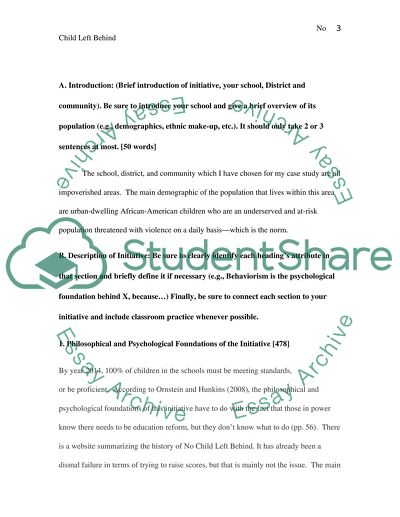Cite this document
(“Evaluation of a New Curriculum Initiative Essay”, n.d.)
Evaluation of a New Curriculum Initiative Essay. Retrieved from https://studentshare.org/education/1431222-evaluation-of-a-new-curriculum-initiative
Evaluation of a New Curriculum Initiative Essay. Retrieved from https://studentshare.org/education/1431222-evaluation-of-a-new-curriculum-initiative
(Evaluation of a New Curriculum Initiative Essay)
Evaluation of a New Curriculum Initiative Essay. https://studentshare.org/education/1431222-evaluation-of-a-new-curriculum-initiative.
Evaluation of a New Curriculum Initiative Essay. https://studentshare.org/education/1431222-evaluation-of-a-new-curriculum-initiative.
“Evaluation of a New Curriculum Initiative Essay”, n.d. https://studentshare.org/education/1431222-evaluation-of-a-new-curriculum-initiative.


